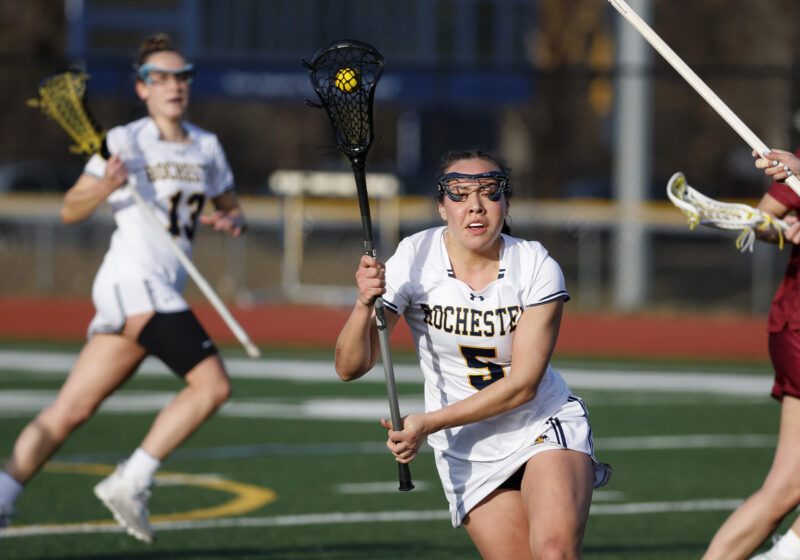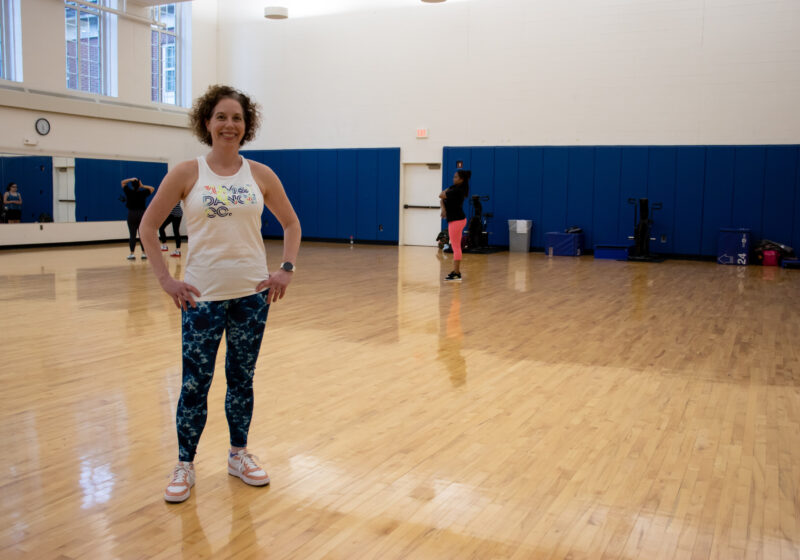As part of the Friends of the Library lecture series, Provost Charles Phelps spoke on the history of astronomy on Tuesday night on the second floor of Rush Rhees Library.
Entitled “Is it Bigger than a Breadbox?” Phelps’ lecture covered the evolution of human knowledge of our universe. “What do people understand the universe around us to be and how big is it?” Phelps asked.
Phelps went on to explain the foundations of modern astronomy. The first step, according to Phelps, was the discovery of the diameter of the earth. “If we don’t have the earth’s diameter, we won’t get anything that follows,” Phelps said.
Finding the earth’s diameter was done by observing shadows created by the sun’s rays in the bottom of a well. Using a technique called parallax, which involves the comparison of a near object on its distant background from two different vantage points, and angular geometry, the shape and diameter of the earth were descerned in 230 B.C.
Phelps compared parallax to the phenomenon that occurs when a person holds a finger in front of their eyes and views it first with one eye closed and then the other.
The finger doesn’t actually move, but it appears to change position in relation to its background because of the difference in position of each eye.
Once the diameter of the earth was known, the distance to the sun and the moon could be discerned. Other discoveries such as the size of the earth’s orbit around the sun and the distance from the earth to surrounding stars followed.
Early astronomers were able to find the distance to certain stars before the advent of modern telescopes using the parallax method only because there are some stars in our universe that are relatively close.
“We got lucky,” Phelps said. “If there are no stars within the measurable range, we can’t use parallax to find their distances,” he said.
Phelps went on to explain how the changes in intensity and spectra of light emitted by stars helps trace their origins.
Currently, said Phelps, the Hubble telescope can be pointed at a spot thought to be “empty” and hundreds of galaxies can be seen. “We have an extraordinary intellectual process from knowing how large our earth is to knowing how far away the sun is,” he said.
According to Phelps, it all ties back to UR. Telescopes with adaptive optics are used to clean up interference in images from space. “We can now take better pictures from earth with adaptive optics than the Hubble telescope can take,” he said.
Phelps said that the same adaptive optics are being used by Professor David Williams at UR to take pictures of rods and cones in the human eye. “The same adaptive optics used to see the farthest objects allow us to see the retina we are using to see these objects,” he said.
The program was mainly attended by members of the library community.
Junior Moshe Kornfeld felt that the talk was informative. “I didn’t know anything about this and it seemed interesting,” he said. “Right now, I’m really overwhelmed.”
Community member Russ Lunn felt that Phelps made a complicated topic easier to understand. “I thought he took a complex evolution of astronomy and synthesized it so a layman could understand,” he said.
Reporting by Karen Taylor.

